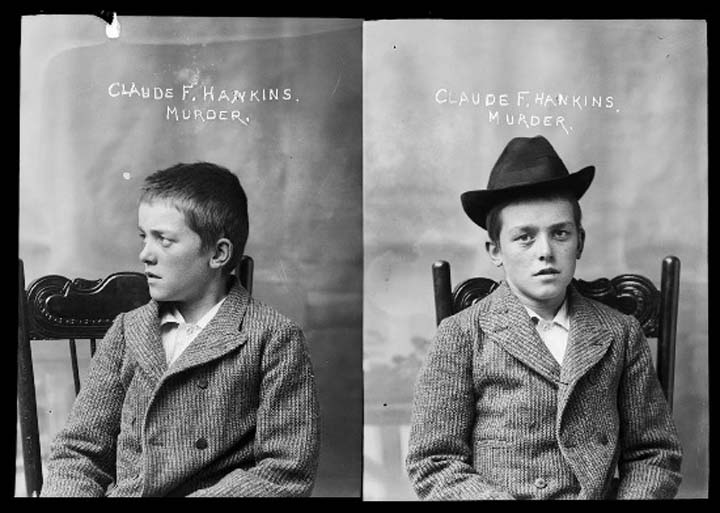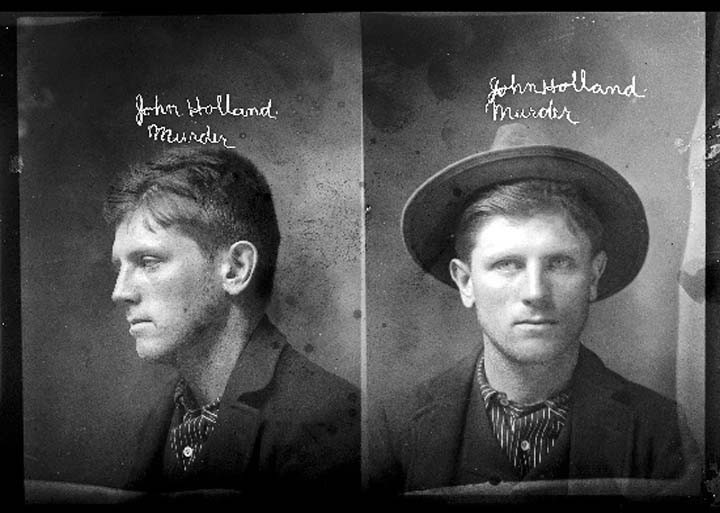Just Passing Through

For many of its 12,140 inhabitants, Marysville, California, seems mired in a century and a half of bad luck. Described in an interview by photographer Arne Svenson as “a town on hold, a place waiting for something good to happen,” its fate as the methamphetamine capital of California* and home to the most welfare recipients per capita in the state seems a disquieting echo of the past.
The past presented itself to Svenson in the form of fifteen hundred glass plate negatives he discovered in a San Rafael antique shop—including five hundred photographs of prisoners, mainly drifters, arrested in Marysville between 1900 and 1908. The photographer was Clara Smith, proprietor of the local portrait studio, who had contracted with the police department to take the mug shots.
In the process of reading through old newspapers to learn more about the prisoners, Svenson found that Marysville’s darkest days occurred more recently, when the bodies of twenty-three migrant workers, most of whom were transients, were discovered in October, 1969. All were murdered, their heads hacked open or bodies mutilated, and buried in a peach orchard by a farm-labor contractor named Juan Corona. It was at the time the worst mass-murder in U.S. history (a ranking broken by John Wayne Gacy, Jr., convicted of thirty-three killings in Illinois).

The town’s character was first formed during the 1849 Gold Rush—and the way its name came about does not lack irony. Formerly called New Mecklenberg, it was renamed in 1850 for Mary Covillard, a survivor of the ill-fated Donner party, pioneers who resorted to cannibalism in order to survive their journey west. With the influx of forty-niners, Marysville’s population mushroomed to 50,000, transforming the village into a rowdy gateway to the gold fields. Hotels and boarding houses went up overnight; saloons, gambling parlors, and brothels sprang up to accommodate the reckless mood that prevailed.
As the new century began, when Clara Smith made the photographs here, the gold had long been depleted. But Marysville remained a magnet for another wave of drifters: migrant workers, aimless hoboes, and ill-informed prospectors. Criminal activity was inevitable in a town where opium and liquor use were still rampant among the shiftless men passing through.
From Aperture 149, Dark Days: Mystery, Murder, Mayhem (Fall 1997). The photographs shown here were published in Prisoners (Blast Books 1997). © Arne Svenson, courtesy the photographer.
Antique Trader recently reported that an album of 710 antique mugshots from California was sold at Swann Gallery, New York for $31,200, which could be an auction record.
*California’s Central Valley, where Marysville is located, is currently considered to be the methamphetamine capital of the U.S.


